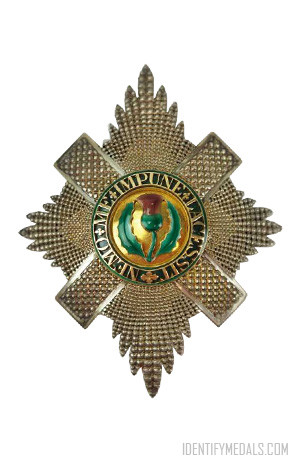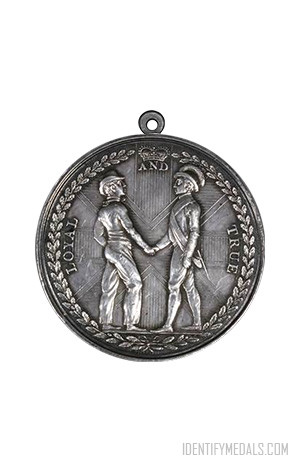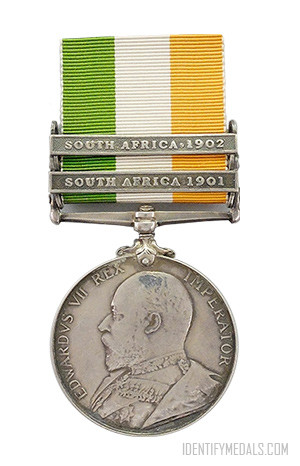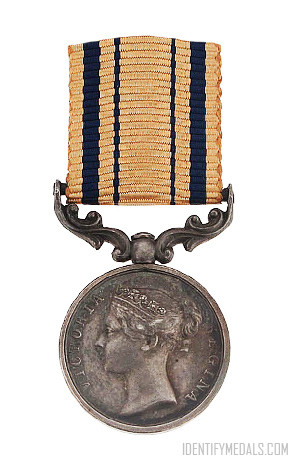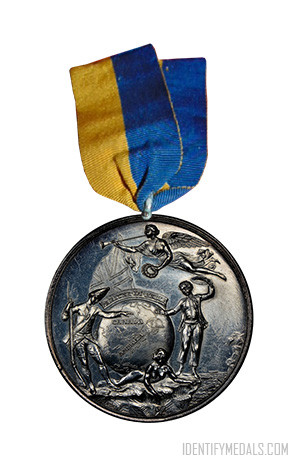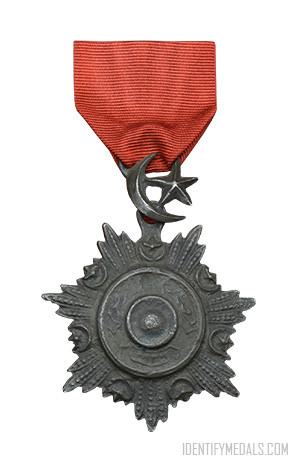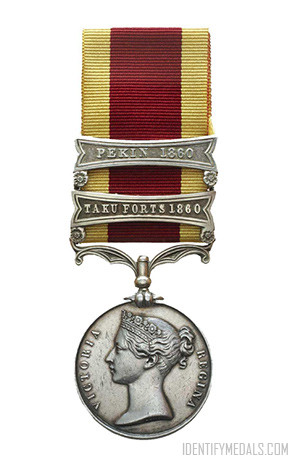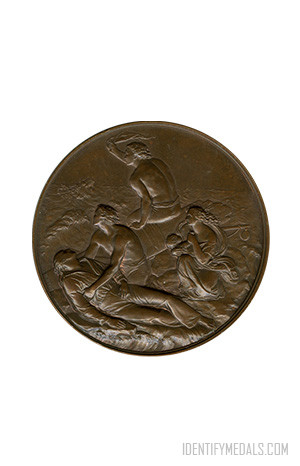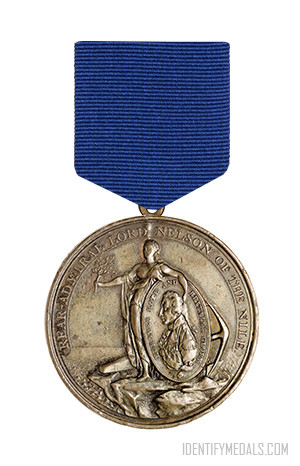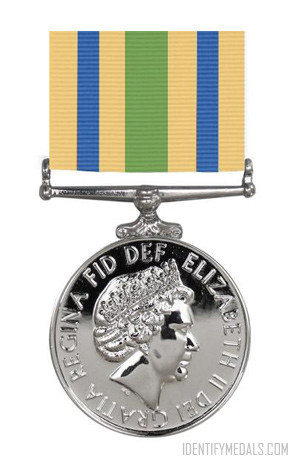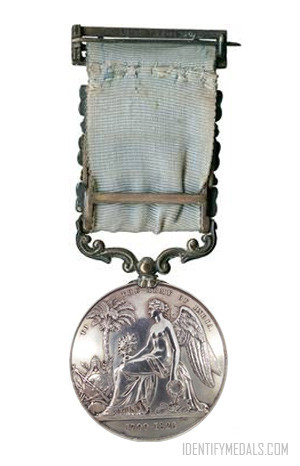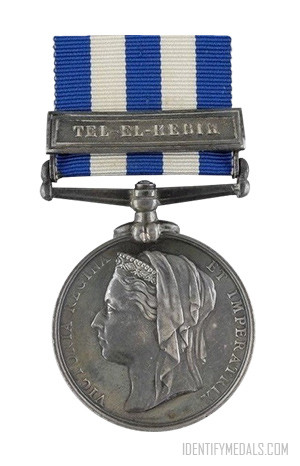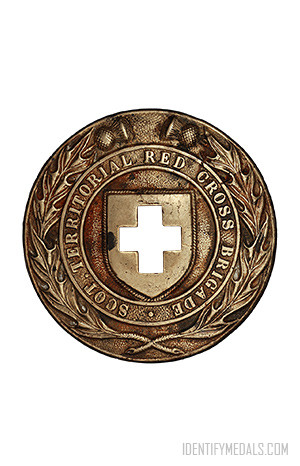- Time Period: Pre-WW1
- Year of Institution: 1687
- Country: Great Britain
The Order of the Thistle (or The Most Ancient and Most Noble Order of the Thistle) is an order of chivalry revived in 1687 by King James VII of Scotland (James II of England and Ireland). It’s believed the original Order dates back to 787 AD and alludes to .barefoot enemy soldiers who cried out when they trode on thistles, alerting the Scots of an imminent attack. The Order was re-established again by Queen Anne in December 1703.
It consists of the Sovereign and sixteen Knights and Ladies, as well as “extra” knights among which are members of the British Royal Family and foreign monarchs.
The Sovereign alone grants membership of the Order. The Order of the Thistle, which pertains to Scotland, is the second most senior in precedence in the United Kingdom. Its equivalent in England is The Most Noble Order of the Garter, dating to the middle fourteenth century. At death, the official insignia is returned to the Central Chancery.
The Order of the Thistle Design
The Order’s primary emblem is the thistle, the national flower of Scotland. Its motto is Nemo me impune lacessit (or “No one provokes me with impunity” in Latin).
The star of the Order is a silver St Andrew’s saltire, with clusters of rays between the arms thereof. In the center is depicted a green circle bearing the motto of the Order in gold; within the circle, there is depicted a thistle on a goldfield. The star is worn pinned to the left breast. The badge of the Order depicts St Andrew in the same form as the badge-appendant, surrounded by an oval collar bearing the Order’s motto, and surmounted by a gold cord fitted with a ring for suspension. There are examples of it in plain gold, or with enameling and set with jewels.
For the Order’s great occasions, as well for coronations, the Knights and Ladies wear an elaborate costume consisting of: The mantle, a green robe worn over suits or military uniforms and lined with white taffeta, tied with green and gold tassels. The hat, made of black velvet and plumed with white feathers with a black egret’s or heron’s top in the middle, the collar, made of gold and depicting thistles and sprigs of rue, and the St Andrew, or badge-appendant, worn suspended from the collar.
The ribbon is plain dark green.

